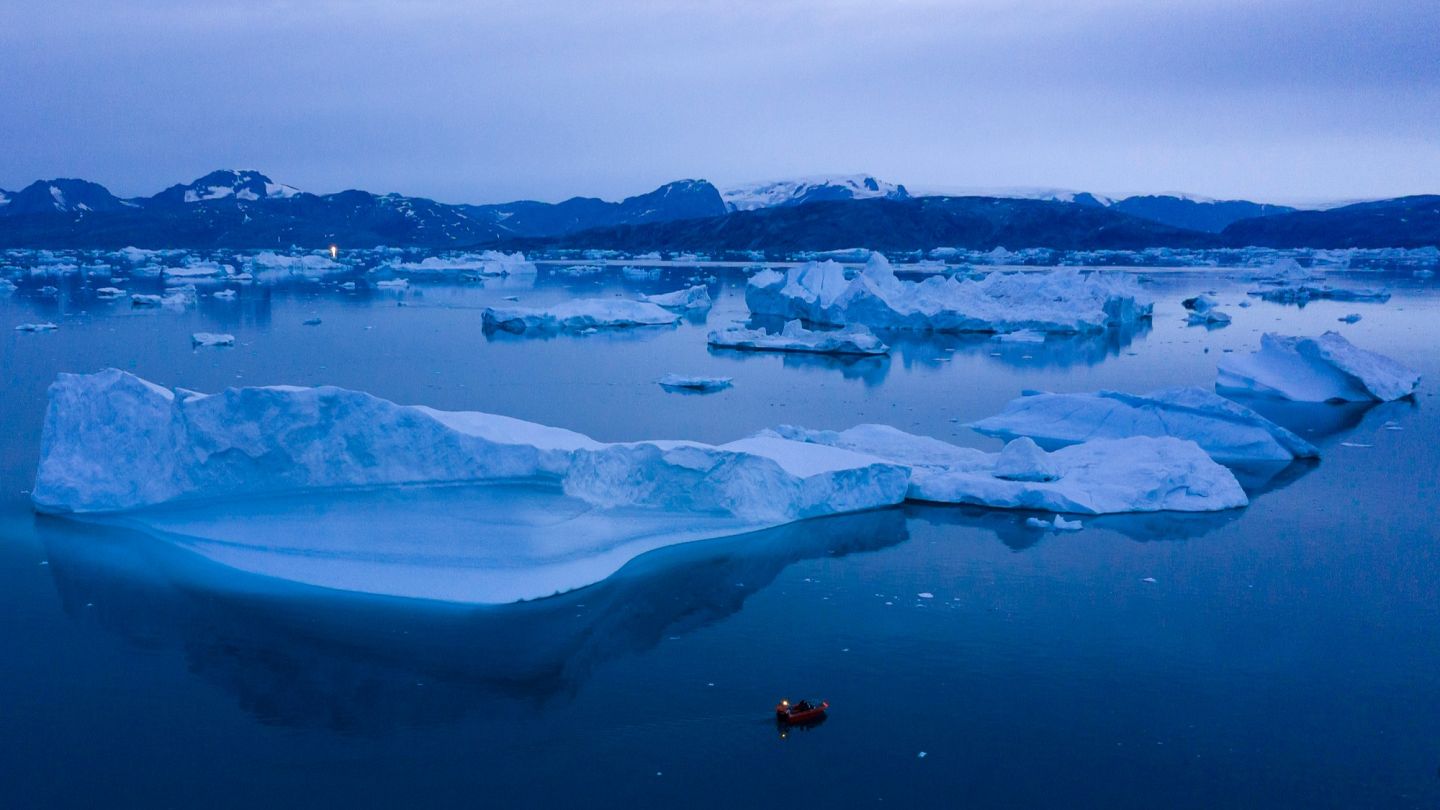
Sea levels are rising faster than at any point in the last 4,000 years, highlighting the urgent need for “global and local” action.
New research has warned that climate change and human activities are driving the surge, which poses a serious threat of flooding for major cities around the world.
The report says that while rising seas are a global issue, China faces a “double threat” as its largest and most economically important cities are particularly prone to sinking.
How quickly are sea levels rising?
Scientists at Rutgers University examined thousands of geological records from several sources, including ancient coral reefs and mangroves, which are often used as a “natural archive” of pastsea levels.
They reconstructed sea level changes going back almost 12,000 years to the beginning of the Holocene, the current geological epoch which began around 11,700 years ago after the last major ice age ended.
Published in Nature, the findings show that since 1900, global sea levels have increased at an average rate of 1.5 millimetres a year.
According to Yucheng Lin, who conducted the research, this pace exceeds any century-long period in the past for millennia.
Why are sea levels rising?
The study outlines two “major forces” that are driving the acceleration of sea level rise: thermal expansion and melting glaciers.
As climate change increases the temperature of the planet, oceans are absorbing more heat and expanding. At the same time, ice sheets in polar regions are melting at unprecedented rates, adding more water to the oceans.
“Getting warmer makes your ocean take up more volume and the glaciers respond faster because they’re smaller than the ice sheets, which are often the size of continents,” says Lin.
“We are seeing more and more acceleration in Greenland now.”
The Greenland Ice Sheet lost 80 billion tonnes of ice over the 12 months from September 2023 to August 2024, marking the 28th year in a row that it has lost more ice than it produces.
Currently one of the world’s biggest freshwater resources, the Greenland Ice Sheet contains water that would cause the equivalent of 7.4 metres of global sea rise.
For every centimetre of sea level rise, around six million people on the planet are exposed to coastal flooding.
A ‘coastal crisis’
Researchers warn that deltas – flat, fertile regions that are close to the water – will be hit the hardest byrising sea levels.
These areas are often used for farming, transportation and urban development, meaning their demise could trigger vulnerabilities in the global supply chain.
“Centimetres of sea level rise will greatly increase the risk of flooding in deltas,” Lin adds.
“These areas are not only important domestically, they’re also international manufacturing hubs.”
Although the study focused on China, Lin argues the same lessons can be applied to major cities, including New York, Jakarta and Manila, which are built on low-lying coastal plains and face similar risks.